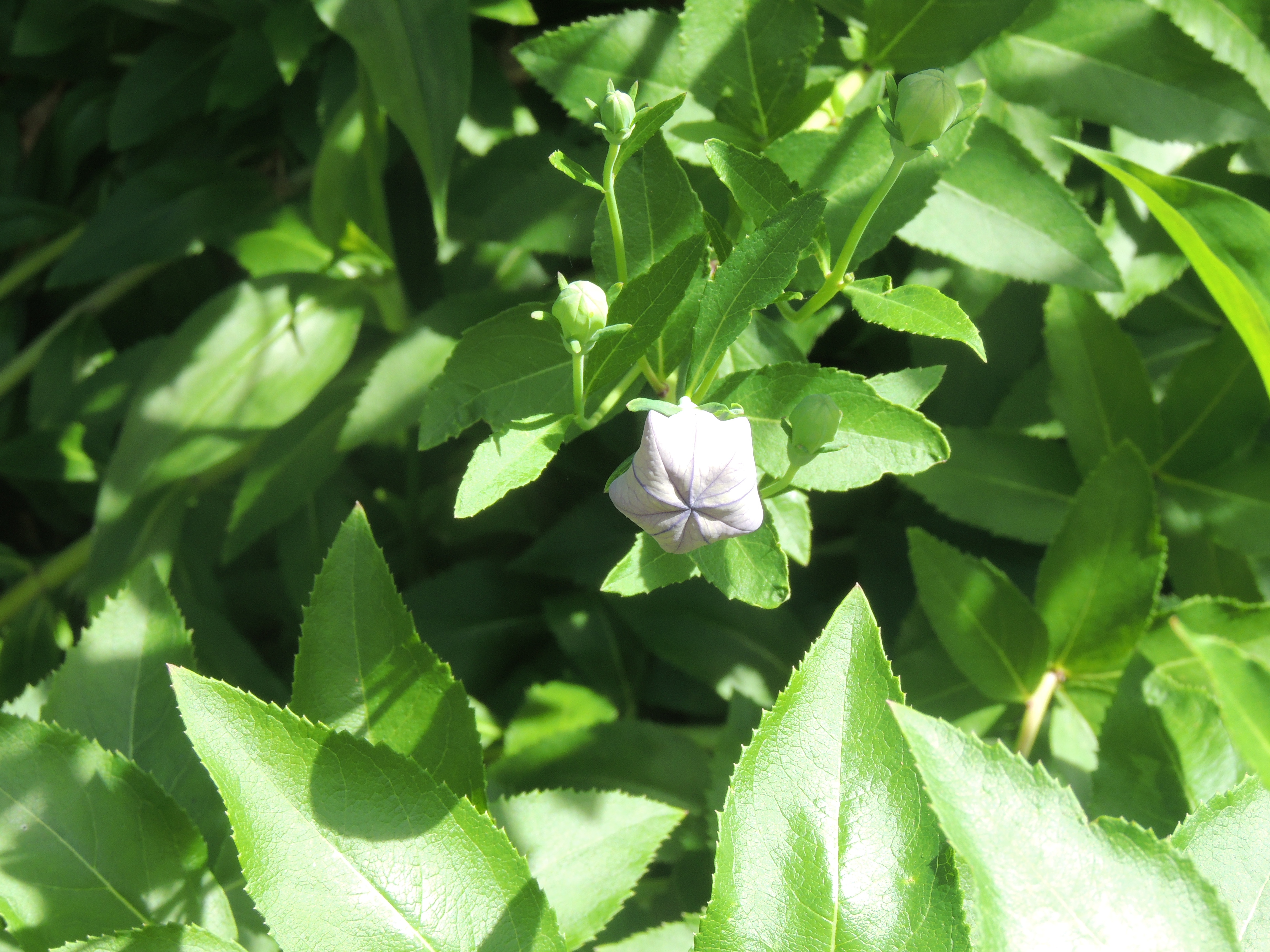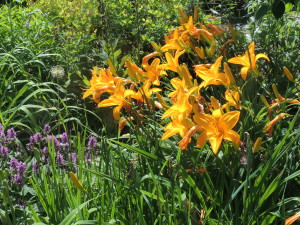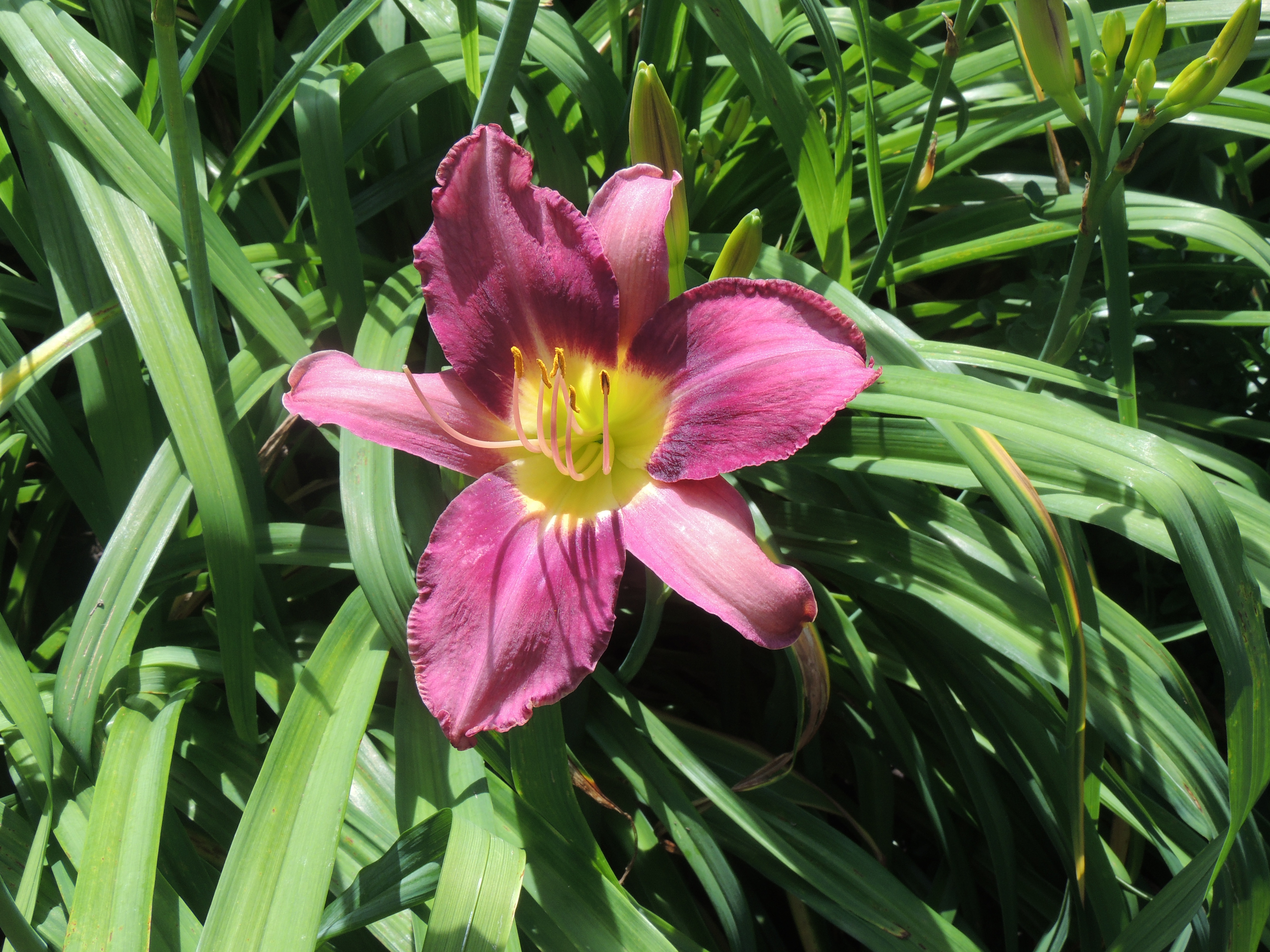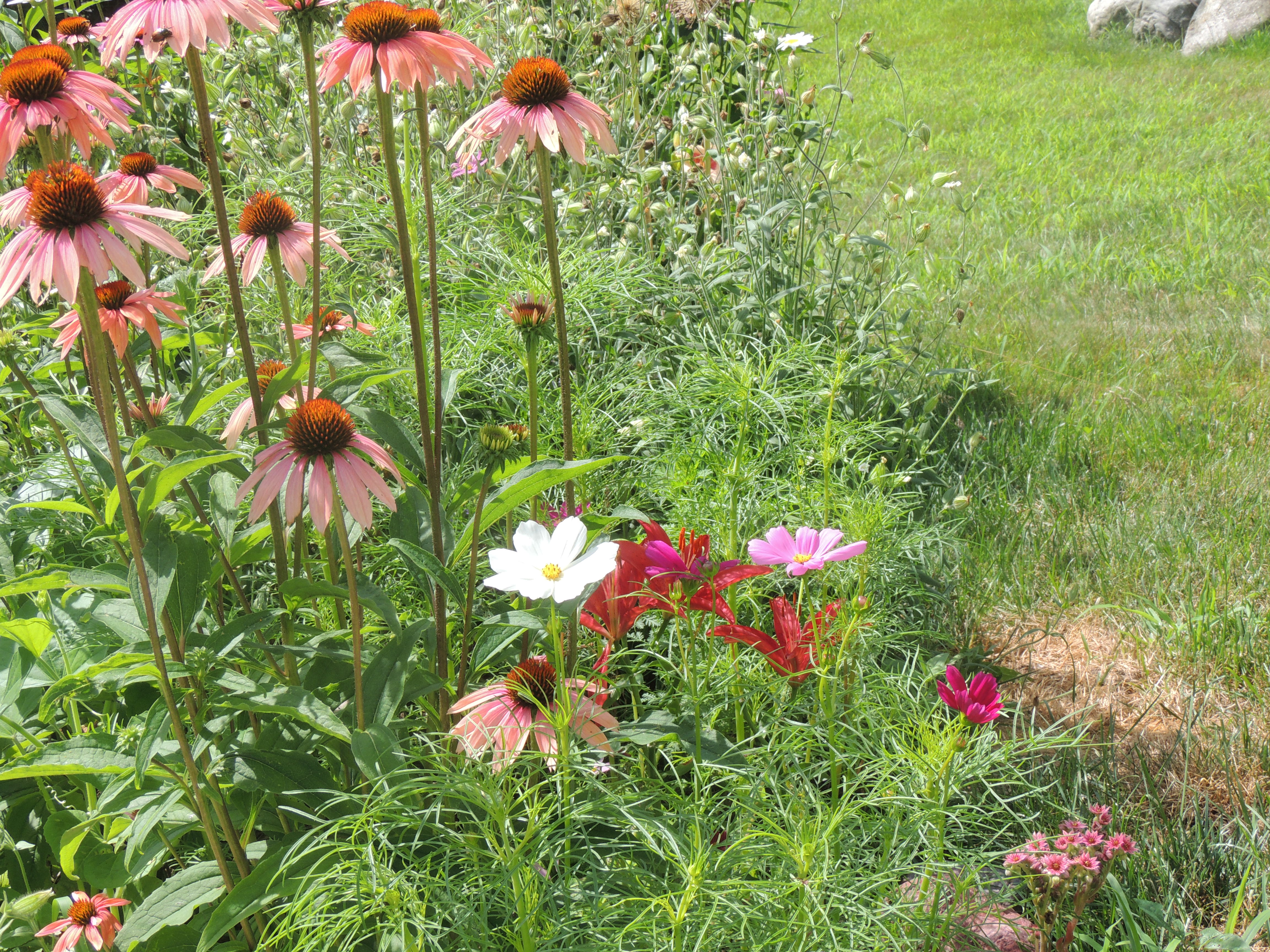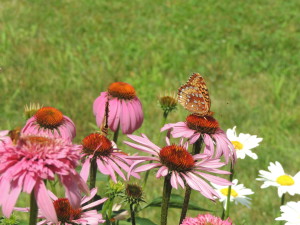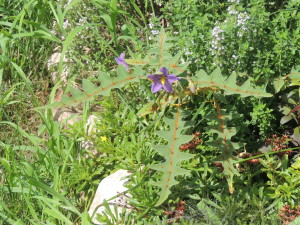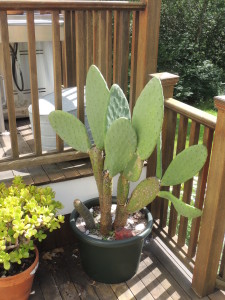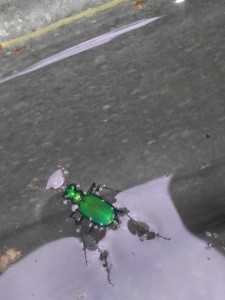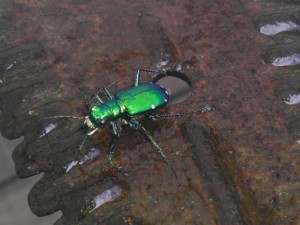This too was written in November of 2011 and again serves as backdrop for things to come
============================================================
This discussion of Eucalypti and the growing of them northwest of Boston is as much about the experience as it is Eucalypti per se. In prolonged endeavors I’ve always found that different little holy grails arise – the ‘if onlys” that, if only one could find/do/make/get/create (verb) then wondrous/amazing/useful/singular (adjective) things would result. I’ve been growing Eucalypti since about the year 2002, that’s nine years, in an environment that does not allow them to spend the winter outside, for the temperatures descend at their lowest to a most unrewarding -20F, which is so cold that it amazes me that the native perennials are perfectly indifferent to it. There of course is the seed of the first grail – the finding of an hardy Eucalyptus that could withstand such conditions – and if not the finding perhaps, by selection, the breeding.
It began in 2002 on a business trip (alright, actually the fascination began in 1995 on a business trip to California in a parking lot in San Bruno shaded by hundreds of fragrant Eucalyptus macrocarpa. Just beholding how different these trees were from anything North American and, doing a little research and finding they were Australian, and then doing further observation and noting that there were indeed more than one kind of Eucalyptus present – quite a variety in fact on the penninsula – was what lit the fuse of desiring a fuller understanding of this family of plants. Many is the trip I made betwen 1995 and 2002 and many the observation), that’s 2002, when I had a free afternoon one Friday in Thousand Oaks and set out to collect the largest diversity of seed I could in the four hours at my disposal. I gathered them in their pods of course, for eucalyptus seed is very small, each barely an eight of an inch – if not half that, and as thick as a few hairs breadth. In total I brought back to Massachusetts at least 12 kinds, one of which that struck me as quite singular, where the seed pods formed clusters of seven or so, all welded together in a woodiness, each pod with four or so slits. The tree these grew on was small but elegant and I had to wrestle (break) them (the pod clusters) off the tree with some effort – it was in a playground – and the effort had to be behaviorally camoflouged so that it did not appear as if some strange man were perpetrating senseless violence upon an innocent shrub. I found the standard ‘silver dollar’ sort growing wild by a roadside. The plant was much bgger and more virulent than any variety of it I’d ever seen in a nursery. Also, of course, unlike the nursery fare it was mature which allowed me to find seeds. Twelve was number of kinds I brought back, bearing no relation to biblical tribes, members of a jury, eggs, or anything else that comes by the dozen.
I let them winter (translate: I did nothing for a few months) and sometime in March set them all in seed starter trays. Actually this perod of waiting proved very useful in that the pods are initially covetous of their seeds, not wanting to part with them thinking perhaps that some vitality is yet to flow into them from the great parent. Sensing eventually though their separation from the great parent their only recourse is to once again initiate the circle, release thier seeds, hope for the best, and return to the earth as empty husks.
There was not much science I could apply at this point – I read what was available on the internet as to planting depth and moisture preferences, set them in and waited. In some weeks (five or six) I got comparatively broad germination, the macrocarpa in multitudes, the silver dollar sort, and a few that I knew not what they were. Perhaps five kinds came up in total. The macrocarpa (which so notably lines El Camino Real in Burlington CA) was a thoroughbred as far as growth speed. It would put on inches everytime one turned around. The stem was rectangular, the leaves very oily and fragrant, a veritable production of eucalyptusness. The silver dollar one was vigourous but not remarkably so. One of the others I fancied was the one that eventually would have the singular seed pod clusters of which I have spoken. This was a slow grower, but it had a very nice alternate braching habit and quickly took a graceful form. It also had the strange habit of visibly trembling after being watered. That winter (2003-2004), being so impressed at what was possible I ordered from some catalog house a collection of Eucalyptus seeds emphasizing cold-hardiness, the gem of which was the Eucalypus Neglecta. The batch also included the Citriodera (smells like citrus).
In the spring of 2004 I planted these new seeds again in starter trays, writing carefully the names of the seed on a strip of paper in their sector of the tray. Of course ink on paper, with regular watering, grows blurry very quickly. I was able to remember the locations of some of the names and so preserve a little bit of the knowledge but not all. I remembered the neglecta and the citriodera, but then again it could be that I just think I did for the look of each of those is most distinctive. Suffice this to say that out of this planting I really only netted three more members, after the various attritions, to the fold. The third was a low growing red-stemmed inclined to be bushy sort. During the frst summer that these grew (2004) the neew ones were unremarkable, just young eucalypti chasing the sun, but the macrocarpa planted the prevous year had really taken off. I had placed it outside in June and it had soon sent a root out through the hole at the bottom of its pot and shot up, in its second year, to almost seven feet and started to develop that special characteristic of its kind where one could smell it from a few feet away. The citriodera proved a fast grower too in its first summer, attaining almost 3 feet. It also was very fragrant. Almost all of the tree form eucalypti developed burls where the first two leaves had been.
Such was the heyday of Carlisle eucalyptus planting. Many harsh chastisements of reality lay in store. I suppose I must describe them. The plants of course were brought in. The macrocarpa was too big for a conventional place and went upstairs to an unoccipied bedroom with a skylight. There it was sysematically neglected, for it was very thirsty and even a few days without water, deprived as it was of a hardy root system by the cutting of the out of pot root, was very injurious to it. I was traveling on business that winter and could not myself ensure its well-being. It stayed alive through the house bound winter somehow though, and had one more chapter left in it. The citriodera did not survive also, the bigger eucalypti being somewhat thirsty, dead and gone it was. The rest were young, a few smaller macrocarpa, the silver dollar, the would be cluster-pod, the small bushy guy, the neglecta, they made it fine.
The spring of 2005 early saw the diminished but giant framed marcocarpa go out early, in April, and be planted in the earth, in an all or nothing gambit – sink or swim! There was no way it could swim through the winter that would come, but it did make the summer and fall, somewhat gloriously even, though I find that a plant once profoundly insulted, then subject to wanton neglect, loses some of its spirit. The smaller marcocarpas too went out early too – two of them. One proved for some reason very attracive to the dog, who dug it up one day unobserved, and the other proved atractive perhaps to a deer – in any case, deprived of all its leaves it had not the strength to fight. The remainder though stayed a crew for a while. The silver dollar one grew steadily in its pot that whole summer, the bushey red-branched one too quietly thrived, the neglecta steadily grew like a cross between the silver-dollar and the macrocarpa, not as thirsty, not as fast, thick leaves, stable character. The would be cluster pod one was the chiefest delights, emphasizing a grace of form and evidencing a slow growth habit that was disinclined to have too many leaves, so that the older ones that had served their purpose would discolor – and they did so very nicely in yellows and reds and oranges with vien lines of other colors, and fall throughout the year. This one did not seem to like blazng sun, so it got to stay in the kitchen. I wish now that I had photographed it owing to the great mystery of its origin. The net entering the fall of 2005 was all then entered the sprng, save the macrocarpa. The neglece ta had finally passed three feet.
Spring of 2006 I had the neglecta and the red-stemmed bushy one take the macrocarpa challenge, being planted in the earth April 1, before the last frost. The weathered a few light frosts before seting their sights on a long and thriving run before winter. The others, down to two now really, stayed in their pots, the would be cluster-pod boy in the kitchen, the silver dollar one on the porch. The silver dollar one had done admirably the previous summer on the porch, growing a lot and quie beautifully. It start the summer of 2006 the same way but somewhere in July the heat just crisped it. It was thriving one day and brittle and dead not long thereafter. Cluster-pod boy had a different fate. One thing, I think an inheritance of having grown a few citrus (lemon and lime) in the house for a few years, was that scale, a bug that looks like a bump on a log, a wart, an umoving thing, had fastened to it and was slowly growing. I had zero luck with the scale on the citrus owing to the great sweetness of the sap but on the cluster-pod boy I thought I was doing ok, using topical detergents, peeling off a few here and there – they’d hold to the trunk or the bottom of some leaves. I thought I’d get smart when I say a ‘systemic poison’ offered precisely for this purpose, of killing sap-sucking bugs. I applied some and that was that for the bugs because cluster-pod boy did not like it either. Alas. There were no eucalypti to bring in that winter, neglecta and red-branch busy boy committed to trying the impossible, of passing a New England winter.
Into 2007 the winter went. The neglecta’s leaves had turned purple, as they are supposed to when subject to cold, and it was enduring well. January had a -5 snap and it held up. February was looking to be milder, there was chance, but twoards the end there were some extremely bitter days, definitely below -10, and purple slowly began to turn brown. For red-branch bus boy it was a little different. -5 took him out but when spring came, perhaps it was something about the root system, he sent up new shoots and gained the wondrous distinction of having wintered in New England. The new shoots were very tender, rising in April as they did, and looked triumphant to me. I am sure they were very tasty to whoever noticed them – and there went the last of the clan.
I am not sure what I learned from this extended experience, other than that I’d like to try in a more focused way to find one that can winter. I still have hope for a neglecta perhaps more sheltered and some cousin of the red branched bush boy also protected. I’d like too to resolve whether the would be cluster pod boy was in fact a the cluster pod I’d seen in Thousand Oaks. If so, I’d repeat that experiment, if not then there are two goals to chase, one a real cluster pod thing and the other whatever it was that I had, that had such grace and character.

